Urban gardening is quickly becoming a lifestyle choice for many city dwellers—and for good reason. It combines practicality, wellness, and a touch of nature in the heart of the city. If you’re ready to bring more green into your life, here are some creative urban gardening ideas for beginners to help you get started.
As interest grows, more and more people are transforming their balconies, windowsills, and patios into thriving green spaces. Whether for beauty, practicality, or peace of mind, urban gardening continues to flourish in even the smallest of places. It’s not just about aesthetics—it’s about the joy of growing your own herbs and vegetables and reaping the satisfaction of fresh, homegrown produce.
So, if you’re ready to bring a little more green into your life, here are some creative urban gardening ideas for beginners to help you get started.
🥗 It’s Not Just About the Food
Of course, growing your own food is a major perk, but the benefits of urban gardening go far beyond your plate. Studies have shown that nurturing plants can boost your mood and improve mental health. So while your tomatoes soak up the sun, you’re soaking up some much-needed calm and positivity. Additionally, the act of tending to plants provides a rhythmic, meditative experience that reduces stress and increases mindfulness.
In this post, we’ll walk through a few clever and practical ideas that blend creativity with function. Perfect for anyone just starting out and tailored for aspiring gardeners ready to get their hands dirty.
🏙️ Making the Most of Urban Spaces
In cities, space can be a challenge, to say the least. But it’s an obstacle that invites innovation. With these creative urban gardening ideas for beginners, even the tiniest terrace or apartment window can become a productive and beautiful space. Let’s explore a few ways you can get the most out of your limited square footage.
🥔 Grow Potatoes in a Cardboard Box
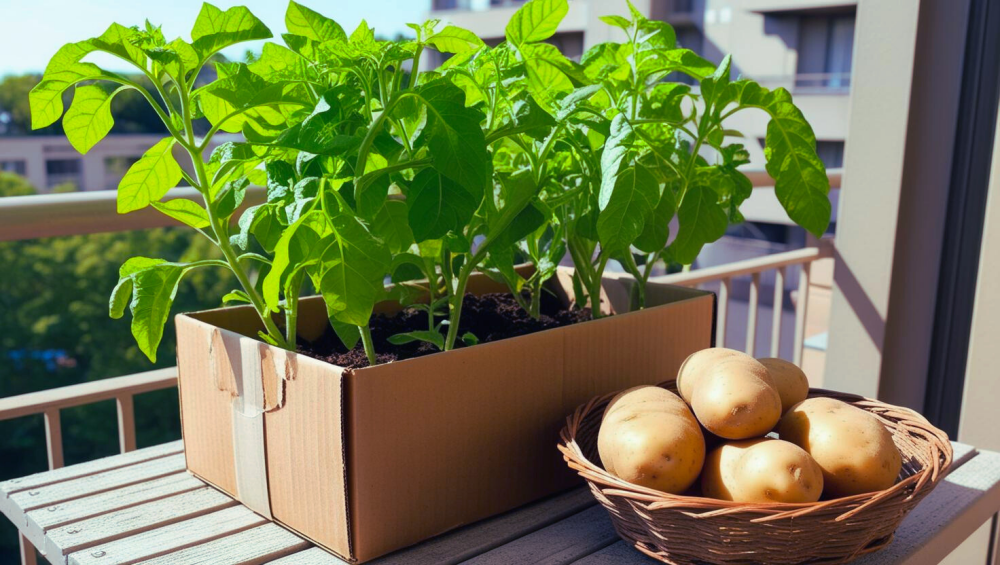
Obviously, urban gardening can cost a penny sometimes, although it really doesn’t need to be expensive. A simple cardboard box is a great place to start your own potato patch. This method is eco-friendly, space-saving, and budget-conscious and works very well on balconies or patios. Just some soil, sunlight, and a sturdy box—no fancy containers are required to get you going.
Is This the Cheapest Way to Grow Potatoes? | Store Bought Potatoes Grown in a Cardboard Box
🪵 Try Vertical Gardening with Pallets
In the city, horizontal space is often at a premium. That’s why it’s time to start thinking vertically! Vertical gardening is a smart way to maximize limited square footage without sacrificing growing potential. Repurpose old pallets into vertical planters to create an attractive and productive garden wall for herbs, flowers, or leafy greens. Simply line the pallet with landscape fabric, staple it securely, and fill the pockets with quality soil. This upcycling method not only saves space but adds rustic charm and vertical interest to your garden. For added convenience and consistent watering, consider installing a simple drip irrigation system or using a water reservoir at the top to allow gravity-fed moisture to reach each plant pocket.
🛍️ Use Grow Bags for Flexibility
Grow bags are lightweight, portable, and ideal for small spaces. Grow bags come in a variety of sizes and shapes, making them a versatile choice whether you’re growing leafy greens, herbs, or even small fruiting plants like tomatoes and peppers. Placing them by a trellis and growing peas works very well also.
Grow Bags can be moved as needed to chase the sunlight or avoid heavy rain. This flexibility is one of the biggest advantages of using these versatile containers. Unlike traditional pots, grow bags are lightweight and often come with sturdy handles, making relocation quick and easy.
Equally important, look for breathable, eco-friendly materials like jute or felt for the best growing conditions. These natural fibers promote healthy root development by allowing air pruning—where roots naturally stop growing when they reach the edges of the bag, preventing them from becoming root-bound like in hard plastic pots. Additionally, the breathable fabric helps regulate temperature and moisture, keeping roots cooler in the heat and preventing overwatering.
💧 Explore Hydroponics
No soil? No problem. Hydroponic gardening lets you grow plants in nutrient-rich water. These systems are efficient, compact, and fun to experiment with. Moreover, plants grow incredibly fast in a hydroponic system.
In any case, whether you decide to go DIY or go out and buy a ready-made system, you will need to monitor your water quality and pH levels.
🌿 Start a Window Box Herb Garden
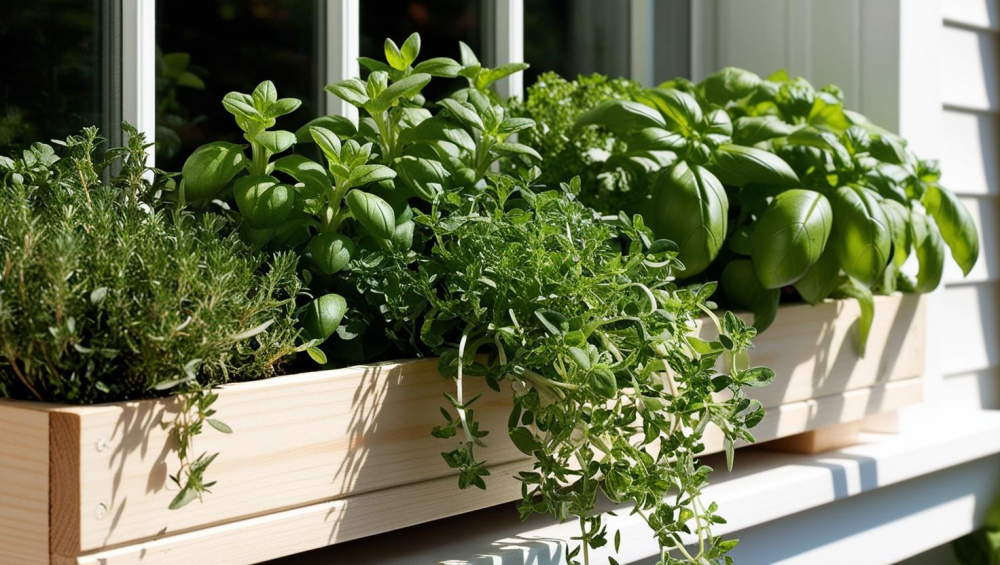
No yard? No Balcony? No problem. Even without traditional outdoor space, you can still enjoy the rewards of gardening. Window boxes are a fantastic solution for apartment dwellers or anyone with a sunny ledge. Fill them with aromatic herbs like basil, thyme, and parsley to create a living spice rack just outside your window. These compact gardens add both beauty and functionality—enhancing your cooking while adding vibrant green to your view. Plus, the natural fragrance of growing herbs provides a calming, refreshing atmosphere that’s hard to beat. Window boxes filled with herbs like basil, thyme, and parsley are perfect for sunny ledges. They offer both beauty and utility, adding fresh flavor to your meals and a touch of green to your home.
📦 Build Raised Bed Garden Borders
If you have a long or narrow backyard, raised beds are a smart and efficient solution for maximizing your space. These elevated garden plots help define your garden layout while making the most of the borders and edges of your yard. Construct them using durable materials like wood or galvanized steel for a tidy, structured look that stands up to the elements. By the same token, always remember to fill your raised beds using only quality soil or mixes.
Raised beds are excellent for dense planting, improve drainage, and make garden maintenance easier—especially for beginners or those with limited mobility.
🎨 Design Strategies and Plant Selection
Strategic design and thoughtful plant selection are essential for making the most of your urban gardening space. Even a small balcony or windowsill can be transformed into a vibrant retreat when you approach it with intention. The key lies in balancing form and function—choosing plants that not only thrive in your specific environment but also enhance the visual harmony of your space. From color and texture combinations to layout planning and container choices, a well-designed urban garden feels both natural and curated, no matter its size.
🖼️ Play with Green Textures and Tones
So, lets have a little fun! Instead of relying on flowers for color, experiment with using varying shades of green and contrasting leaf textures. This will help to create visual appeal and keep your garden interesting. Try different combinations. For example, try pairing soft grasses like Carex with broad-leafed plants like Aucuba or dramatic ferns. It’s a low-maintenance yet elegant approach.
🌱 Add a Mini Greenhouse
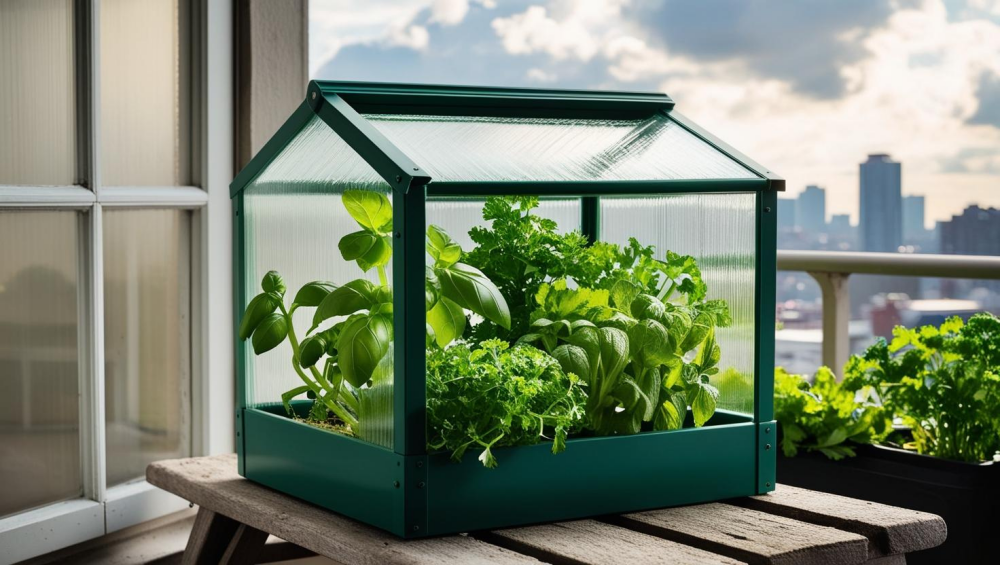
To extend your growing season or protect delicate plants, consider a mini greenhouse or cold frame. Even small spaces can accommodate tiered greenhouses or cloches that keep things warm and growing when the weather turns.
☀️ Choose Drought-Tolerant Plants
For sunny, south-facing spots, opt for hardy plants like succulents, lavender, rosemary, and sage. Plants with silver or blue foliage often handle heat and drought best, making them ideal for balconies and rooftops.
🪴 Simplify with Fewer, Larger Containers
Instead of cluttering your space with many small pots, go for a few larger ones. They retain moisture longer, reduce maintenance, and provide a cleaner, more cohesive look. Bonus tip: use containers with built-in water reservoirs to minimize watering.
🌳 Incorporate Resilient Shrubs
For a Mediterranean vibe, add resilient shrubs like Artemisia, Russian sage, or Pittosporum. These plants stand up well to urban pollution, dry conditions, and limited soil space.
✅ Final Tips for Urban Gardening Success
To make the most of your efforts, observe your space. Where does the sunlight fall? Where does water pool after a rain? Tailoring your plant choices to the unique microclimate of your space will set you up for success.
When in doubt, simplify. If your garden feels overwhelming, scale it back. Stick with a few low-maintenance plants and portable options like grow bags or wheeled planters.
And remember—sustainability is key. Choose native or climate-appropriate plants, use water-efficient tools, and avoid harmful chemicals whenever possible.
❓ Quick FAQs
❓ What is the gardening 3-year rule?
🔁 Rotate crops every three years to reduce pests and maintain soil health.
🌱 Start small with containers or grow bags. Always use high-quality soil and choose easy-to-grow plants.
🔁 Group plants in threes for balance and visual appeal.
📏 A grid-style layout works well for containers and raised beds.
💡 Odd groupings create more dynamic and visually interesting arrangements.
💡 Roughly 200 sq. ft. per person is ideal, but even small gardens can contribute meaningfully.
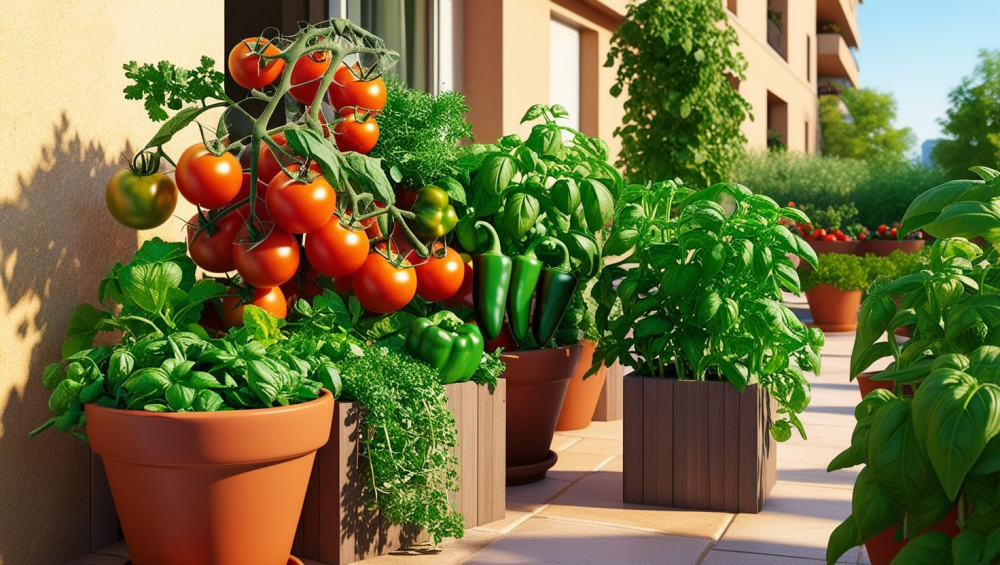
🌼 Conclusion: Grow Where You Are
Urban gardening is an adventure—an ever-evolving journey in creativity, resourcefulness, and connection to nature. With these creative urban gardening ideas for beginners, you don’t need a big yard to grow something beautiful and delicious. Whether it’s a potato patch in a cardboard box or a vertical wall of fresh herbs, every green step brings your urban space to life.
So roll up your sleeves, dig in, and make your slice of the city bloom!



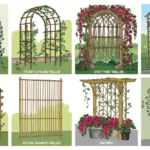
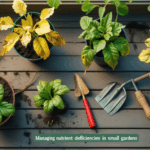
Brilliant post, as someone living on the 4th floor on a high-rise apartment, this is the only way I can plant vegetables and herbs on my balcony.
Now I have never tried hydrophonics, but reading your post, you explained things so in-depth that I feel ready to give it a try.
Now I have never really planted tomatoes on the balcony, this is again something I`ll have to try but having said that, I guess for this year, I will have to start from seedlings if I’m going to, we do not have long summers here.
You mentioned a rule of three, are these for different plants of the same? Example will it be onions, peppers and let`s say tomatoes or did you mean the same three plants?
thanks again for a lovely article, this will help me start growing things on my balcony.
Urban gardening is such a promising solution for those with limited space, and the creative ideas shared here spark a lot of inspiration. I’m particularly curious about how these methods adapt to different climates. Do certain approaches work better in humid versus dry urban areas? Also, how sustainable are these setups in the long term, especially regarding soil health and pest management in confined spaces?